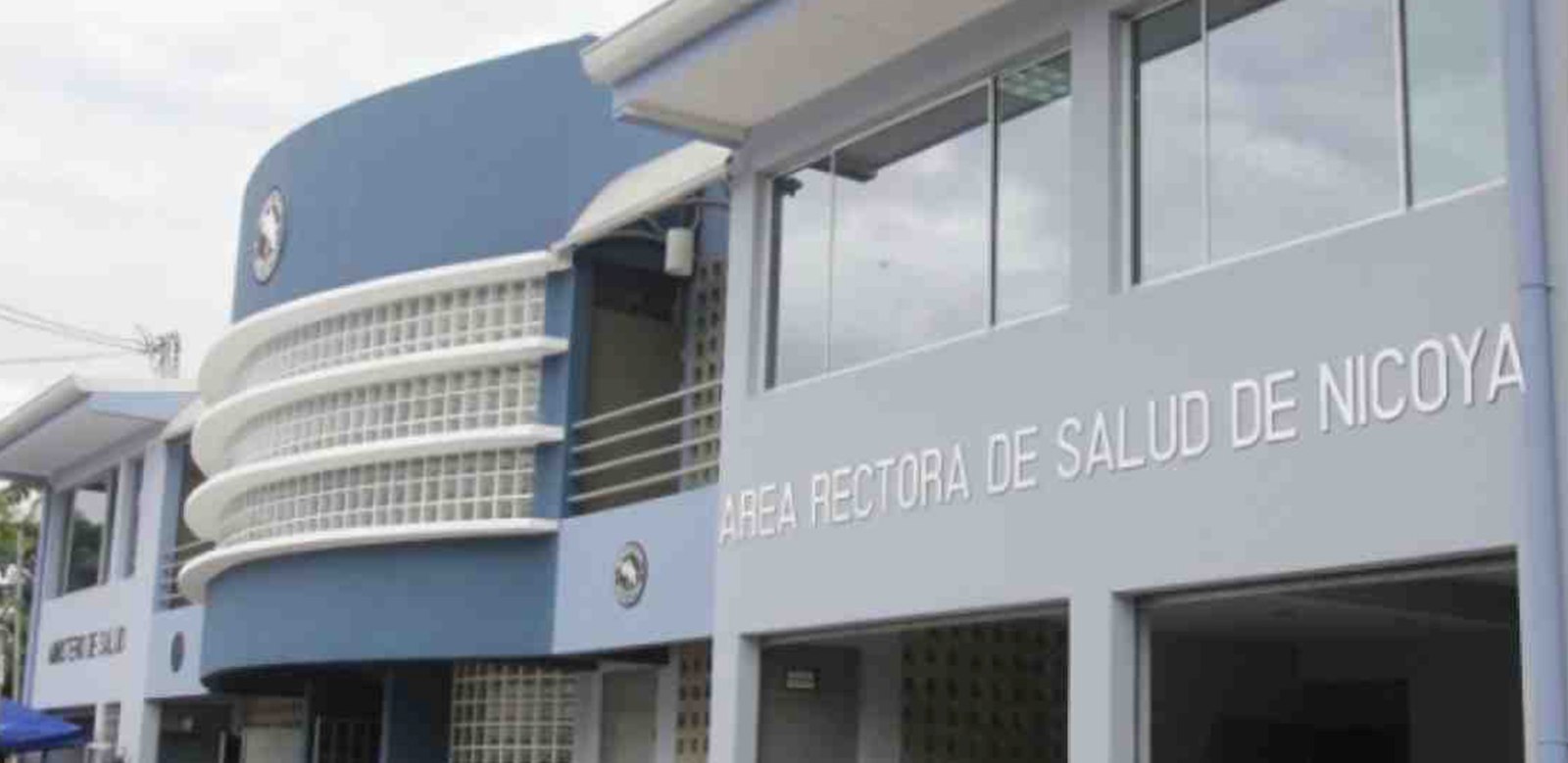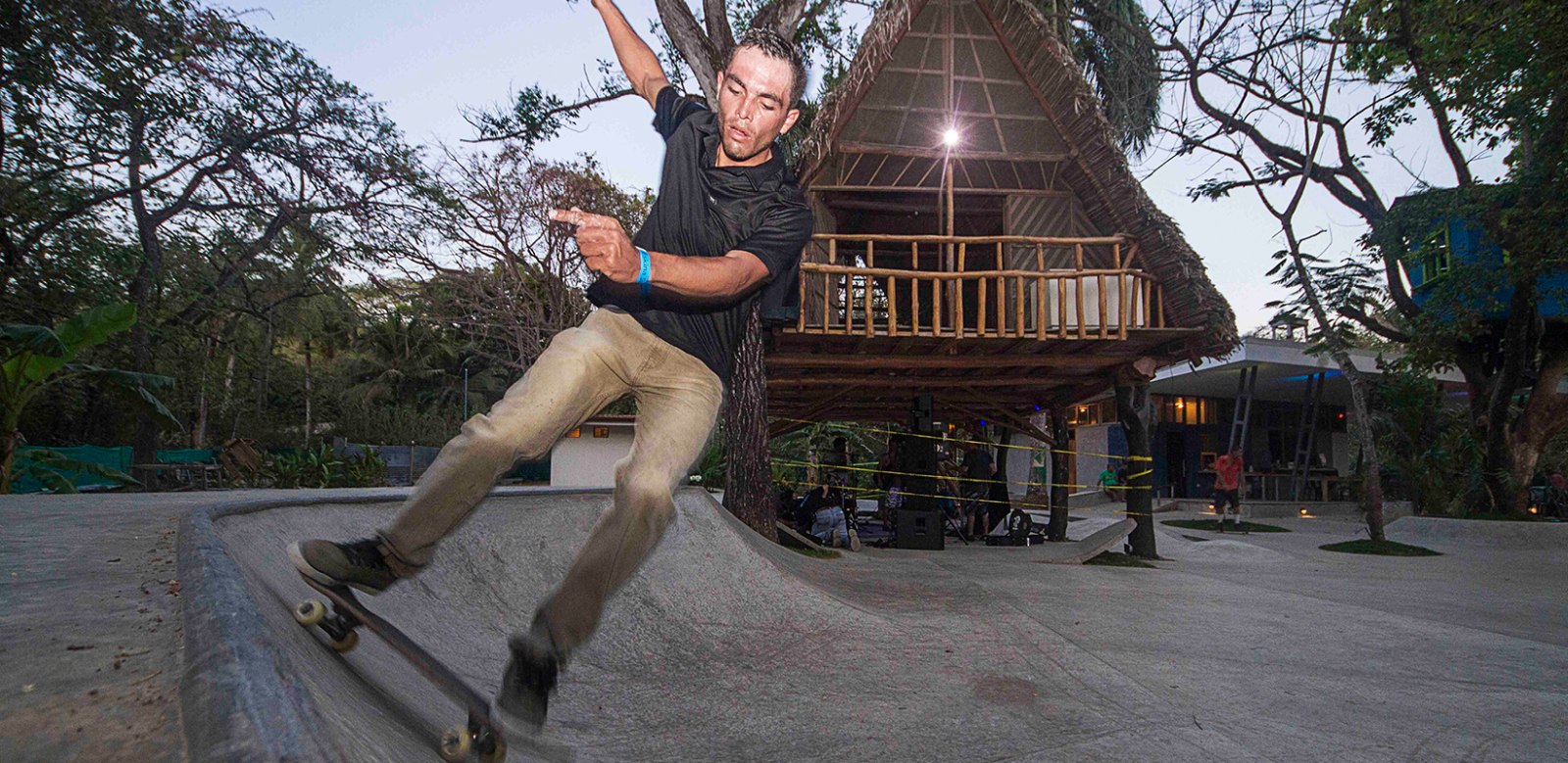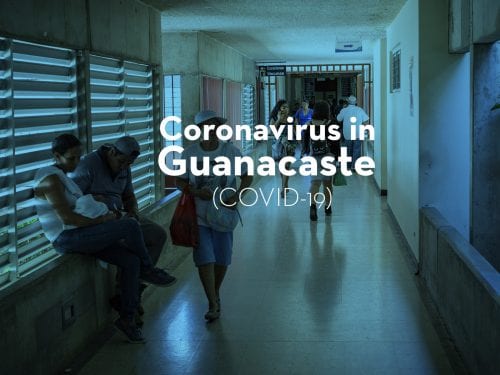
Recently, in November of 2015, a woman in Nosara was bitten by a triatomine bug (also called a kissing bug), which drew the attention of the Ministry of Health due to the possible appearance of Chagas disease in the canton of Nicoya.
The concern arose after Jessica Sheffield, a resident of Nosara, was bitten on her arm, leg and stomach by one of these insects at home while she was sleeping.
Sheffield found two of these bugs on the wall and the floor of her house, and another under the mattress. She caught that one and sent it to the Protozoology Laboratory of the University of Costa Rica, where the insect was identified as positive with the parasite Trypanosoma Cruzi, which causes Chagas disease.
A month later, after several exams, Sheffield found out that she does not carry the disease in her blood.
“The bugs are very common in the area, but honestly I had never noticed,” commented Sheffield, who documented her experience in her blog for the newspaper The Voice of Guanacaste, relating what happened step by step.
Sonia Campos Marin, head of the epidemiological monitoring department in Nicoya, explained that this is the second case of a bite from this bug reported in 2015 in the health supervision region.
The first was recorded in September of 2015 in the canton of Hojancha, and the patient was treated at Hospital Mexico in San Jose.
Campos Marin reported that a neighbor later took several specimens of this insect to the Ministry of Health. The insects were taken to the department of epidemiology in San Jose for examination to find out whether they were carrying the parasite, but as of the middle of December, they had not yet received the results.
Now, the Ministry of Health has scheduled a prevention campaign to inform people in Nicoya about the disease and how they should be careful with these insects.
“In 2016, we are going to do awareness campaigns in schools, encourage people to check their mattresses and wood that is near the house so they can fumigate it, and we are also going to fumigate when necessary with sprayers that strap onto the back,” explained Campos.
Sheffield said that the first factor that should be taken into account regarding this disease is information since many people don’t know about the disease and the insect.
“Kissing bugs are more common than people think. I think there is too much ignorance on the subject, so we are going to give talks along with the Ministry of Health so people get interested and learn more about this disease,” she explained.
Silent Disease
The disease is named after the Brazilian physician Carlos Chagas, who discovered the parasite in 1909 in the town of Lassance in Brazil.
The first symptoms of Chagas disease are a skin rash or outbreak, which causes irritation and itching where the bug has bitten. However, the bite itself does not directly transmit the disease, but rather the bug’s feces coming into contact with the exposed wound. Fever, headache and sore lymph nodes are also symptoms.
After 8-12 weeks of infection, the person enters the chronic phase of the disease, during which only 30% to 40% of people develop more serious symptoms such as heart ventricles and enlargement of the esophagus and colon.
An infection from this parasite can remain “hidden” for years in the infected person without their realizing it. It is estimated that between 15 and 17 million people are infected with Chagas disease each year, of which about 50,000 die. The disease is more prevalent in the poorest rural areas of Latin America, according to a report by the Center for Disease Control and Prevention of the United States.







Comments